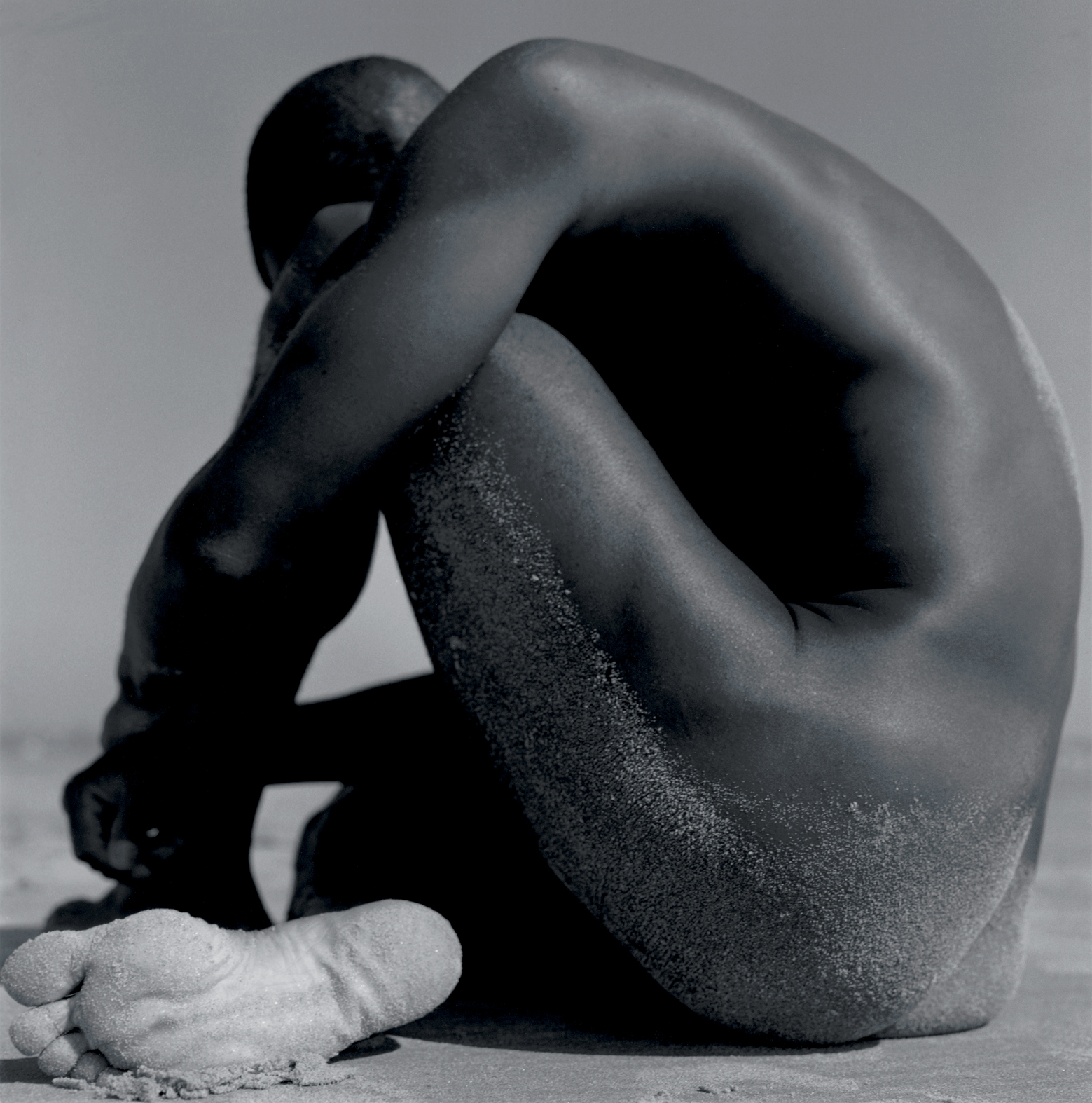The formal appeal and graceful nudity in Mona Kuhn’s photographs are an enticing veneer but not the core of what her images are really about. While on the simplest level, they appear to be a glorified tribute to the physical, they slyly communicate through an intuitive symbolism about far more elusive human qualities. Kuhn uses beauty to lure the viewer into an engagement with her work and then slips out of the room leaving us on our own to interpret an undefined narrative of emotions. She asks us to confront and decipher a range of glances, gestures, and alliances taken from real life and literally stripped down to their essence. What initially seems to be about the purely physical is in the end the embodiment of relationships and emotional communication. The viewer is a voyeur in Kuhn’s investigation of how people interact with one another and use their physical selves in social contexts. People watch each other and pose for each other; they emulate and subconsciously echo one another in mood and movement, playing out a complex mix of emotions and needs that are the infrastructure of friendships and interpersonal relationships.
Kuhn appears to inhabit a world similar in many ways to that of painter Elizabeth Peyton, whose work Kuhn has said she admires. There is an autobiographical subtext to both artists’ work and like Peyton, Kuhn depicts the sinewy, androgynous people who are in her close social or emotional sphere with a vision that is both personal and slightly larger than life. Though Kuhn never appears directly in her photographs, her subjects are friends and they mirror her emotions, relationships, and betray her social demographic. Kuhn creates a distinct mood with genuine warmth of spirit that unifies her work and gently reveals a layer of humanity that normally remains hidden not only under one’s clothes, but also within people’s social patterns and busy lives.
Text by: Heather Snider
©picture Mona Kuhn, Jerome 1998

